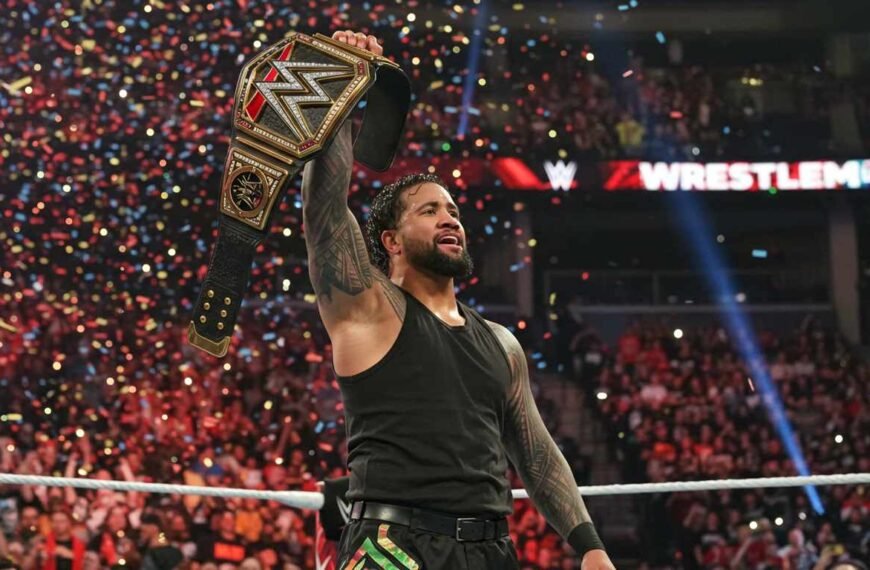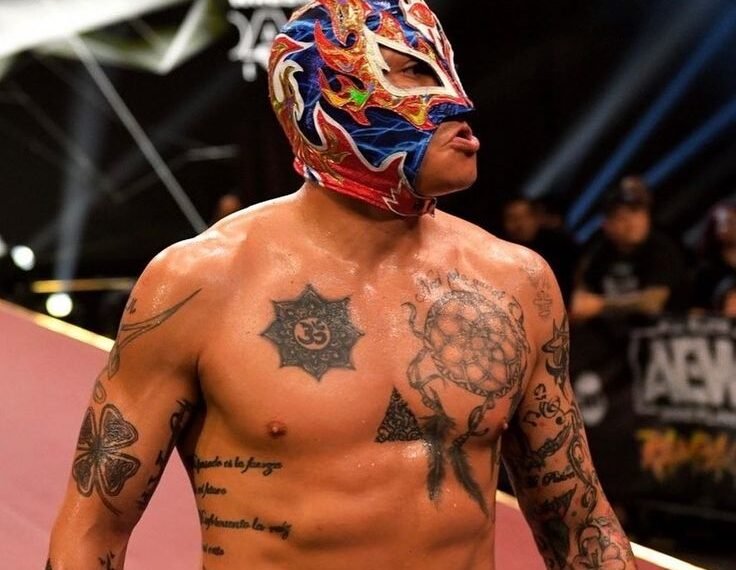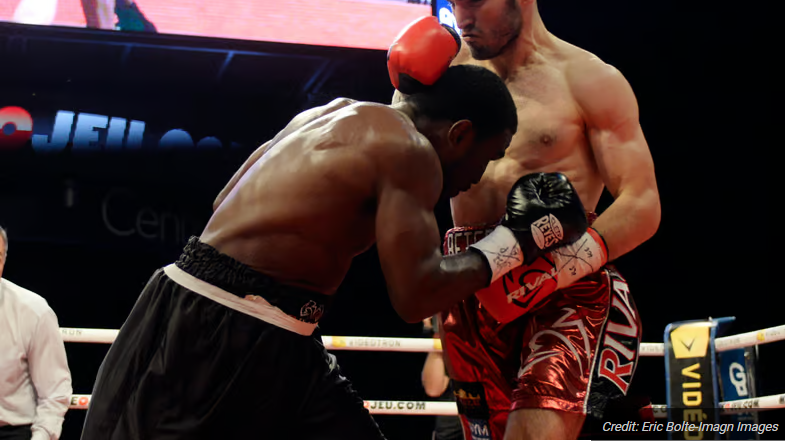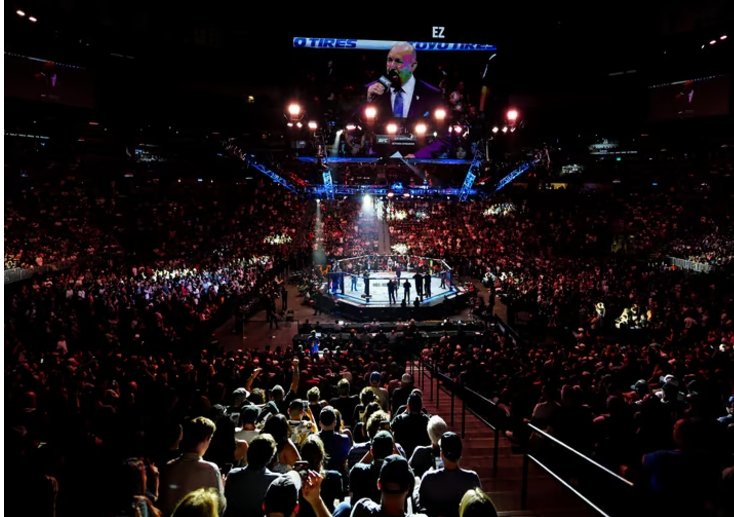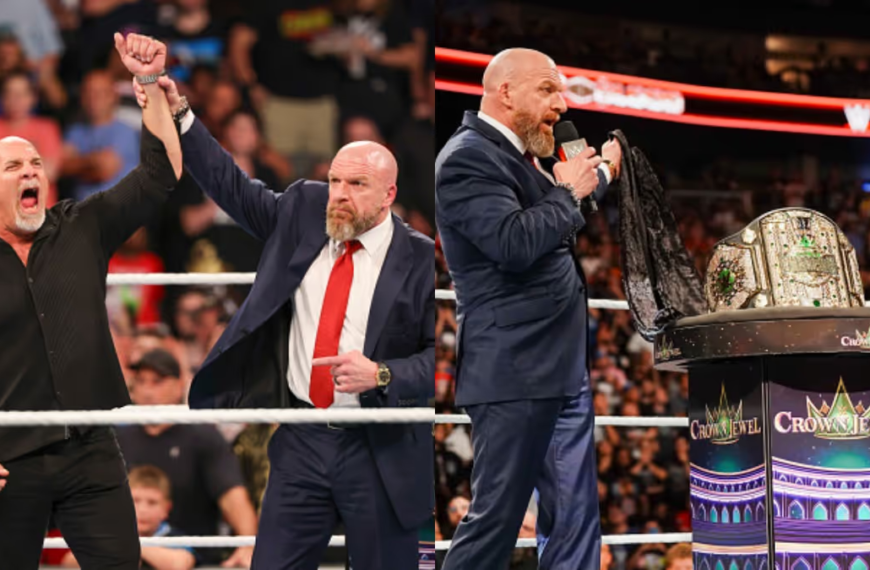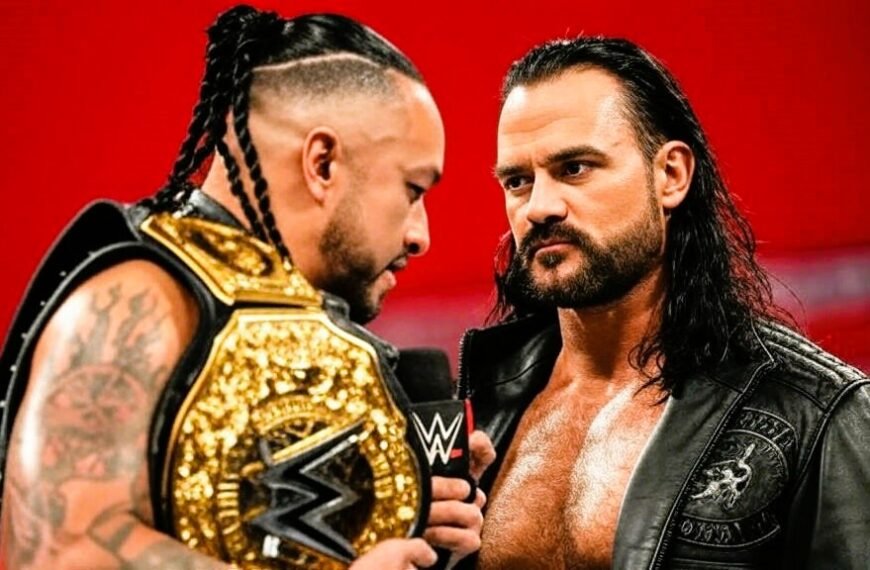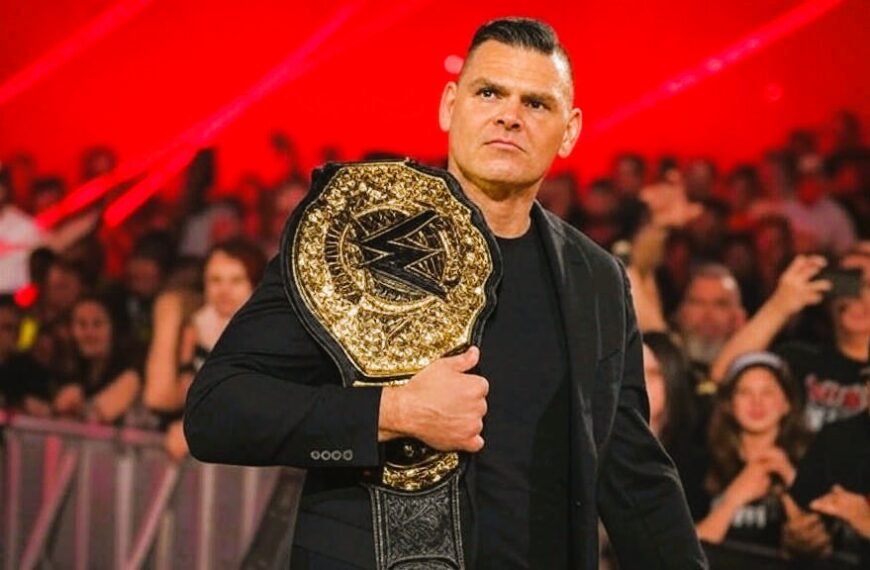Will Ospreay: AEW’s Rising Star and the Road to S-Tier Stardom
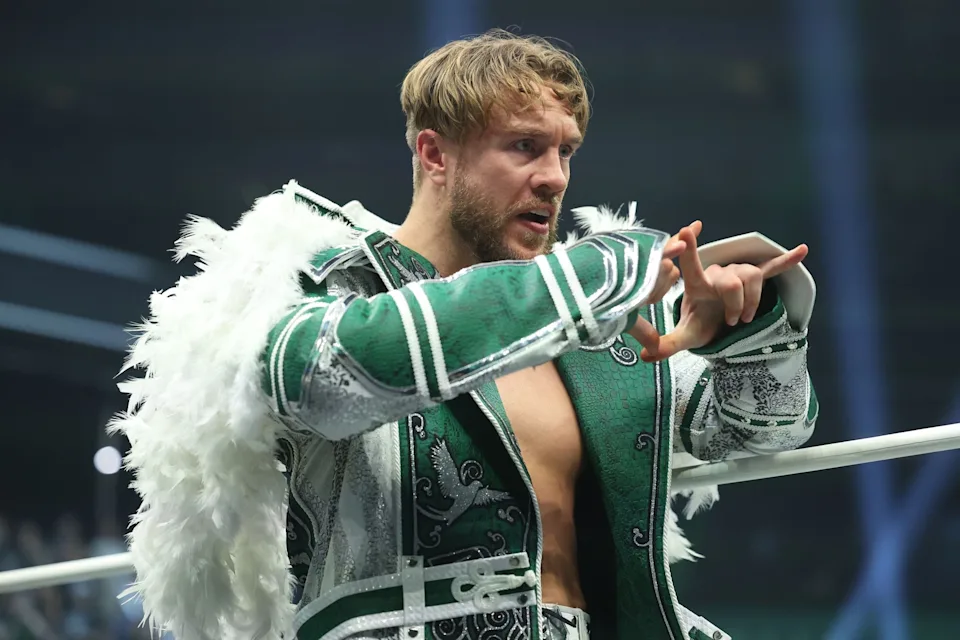
For American wrestling fans who value sleeping in over sleeper holds, 2024 was likely a big introduction to Will Ospreay, London’s audacious all-world assassin.
After years of wowing audiences primarily in the United Kingdom and Japan, Ospreay agreed to terms with AEW in late 2023. He spent the following year putting his stamp on some of the very best contests the company has produced to date. His non-stop motor and breakneck style earned him top or near-top honors across various Wrestler of the Year lists, including Uncrowned’s own.
But now, with 2024 in his rearview mirror and a familiar foe as his next big challenge, Ospreay wants to make it clear: He’s ready for the responsibility of being not just a standout, but AEW’s standard-bearer going forward.
German author Johann Wolfgang von Goethe once wrote, “The man with insight enough to admit his limitations comes nearest to perfection.” Things like match ratings are rooted in subjectivity, and no one match style can be reasonably considered “the best” when most wrestling organizations pride themselves on variety. But almost across the board, it’s been accepted that what Ospreay contributes in-ring is special in a way that few others can match.
“I feel confident in myself,” Ospreay says. “But I will say I’m still at that A-tier. But I’m working on that S-tier.”
The “S-tier” he references — a designation for the highest-level item or character in a video game — is often presented as something or someone you can’t look away from. One of Ospreay’s biggest goals moving forward is to hit all the right visual cues that American audiences are familiar with in order to keep their eyes trained on him.
“A lot of the things [In New Japan Pro Wrestling] were just learning the trade out there, learning how to be a professional wrestler,” Ospreay says. “But along the way, you do pick up certain things with the cameras [while watching matches back]. Although, New Japan, they don’t queue up their cameramen with everything that’s going on.
“With [AEW], you get to get a real deep experience in learning how to perform to an American audience by using the cameras. For me, I’ve always treated wrestling like a little bit of a concert, where I like the audience participation. It was only last year that I really found out about the Osprey chant in my theme song, and I really wanted to put production behind that and to put that whole thing and the cameraman working alongside with me to make that entrance really special.”
It’s not just in presentation, as Ospreay is still looking for that perfect marriage between the loose time limitations in New Japan or Revolution Pro Wrestling, and the firm ins and outs of televised American wrestling. His most heralded matches for AEW have mostly been on pay-per-views with few, if any, television timeouts, allowing for an extended show time like the Wrestle Kingdoms and RevPro Epic Encounters of his past. Ospreay aspires to be many things, but being relegated to a special attraction at 31 years of age is not one of them.
“At first, I really struggled with that,” he says. “I struggled putting my feet in it because there’s only so many minutes that you’re given. In those instances and those moments, I do find myself improvising and working on the fly.”
Even with the weekly adjustments, Ospreay has no intention of making special events any less special. He’s done what he can to add to pay-per-view matches without stripping down what’s presented on Wednesday nights, mostly by reflecting on past builds to big matches in Japan.
“The only time I would do those big, crazy singles matches were either if we had a lineup of G1s or New Japan Cup tournaments or Best of Super Juniors tournaments, or they were at the end of a big pay-per-view where you would do a tour of the entirety of Japan … and then there would be the big singles match,” he says.
“Then to do those New Japan matches on weekly TV, I would lose that presence and lose that real and that excitement of like, ‘Oh, OK, this is going to be good.’”
Now the biggest difference in quality, like a good Caesar salad, is adding the right breadcrumbs. Ospreay has made it a point to add small things, match by match, so that if you’re locked in, you’ll see the callbacks once you reach the crescendo of a pay-per-view Sunday.
“When I get to do a long 25-minute match, I feel like that’s when I’m allowed to really play with the match and to try out new things, and to take audiences more on a ride in those styles,” he says. “I do see what people mean, because randomly on a ‘Dynamite’ [I’ll do a spot with] Ricochet, and everyone’s like, ‘What the hell?’
“And sometimes you have to do that, but I always do those type of matches with a game plan in mind that this is going to lead to something bigger. So that’s why I still make the TV matches important and thrilling and exciting for the fans. But then when it comes to the pay-per-views, I’m able to blow it away.”



